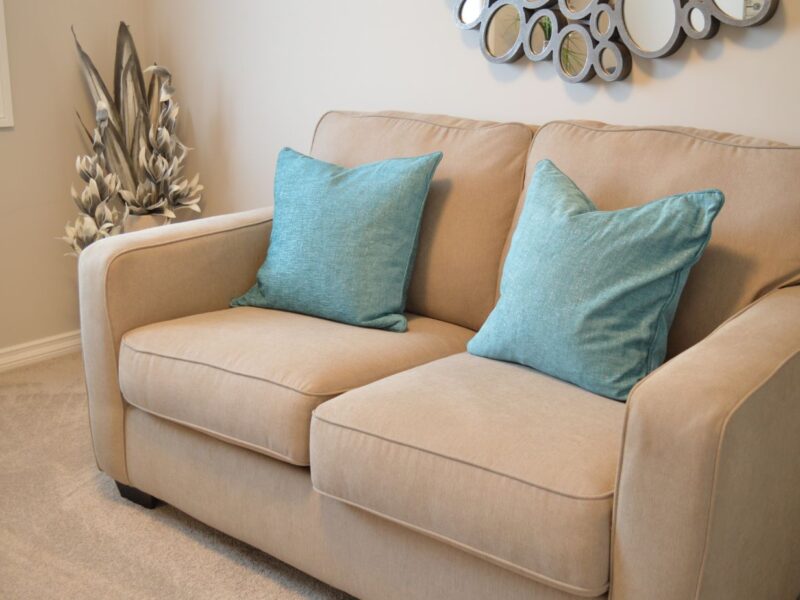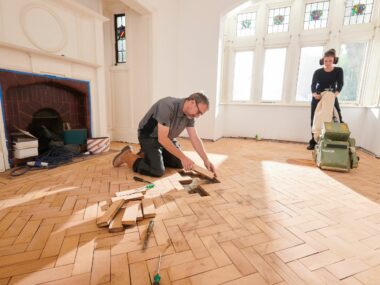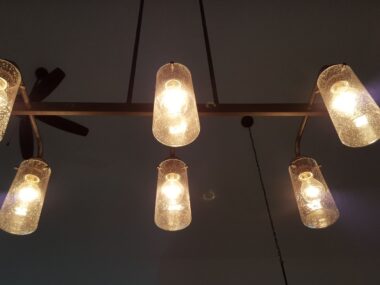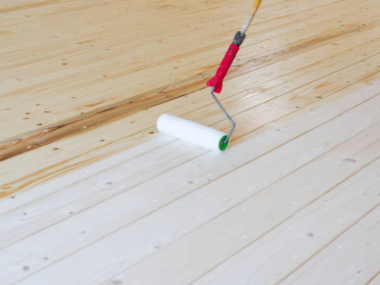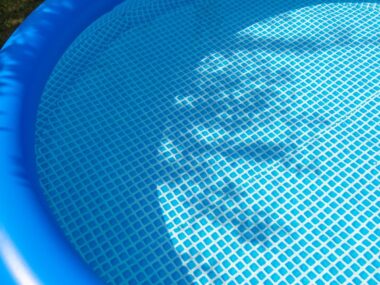Whether you’re updating an old sofa or creating custom cushions for a window seat, upholstery foam is the key to adding both comfort and style to your home. Foam is a versatile material that offers endless possibilities for DIY enthusiasts looking to transform their living spaces with personalized touches. In this article, we’ll explore how you can use upholstery foam for a range of creative projects, offer tips for working with it, and highlight the benefits of using cut-to-size foam services.
Choosing the Right Upholstery Foam for Your Project
Before diving into any DIY upholstery project, it’s essential to select the right foam for your needs. Upholstery foam comes in different types, densities, and thicknesses, all of which impact the comfort, durability, and overall success of your project.
Types of Upholstery Foam
- Polyurethane foam: This is the most common type of foam used in furniture upholstery. It’s affordable and versatile, making it suitable for most DIY projects.
- High-density foam: If you’re looking for long-lasting support, high-density foam is your go-to. This foam maintains its shape over time and provides excellent durability, making it perfect for frequently used furniture like sofas and armchairs.
- Memory foam: Known for its plush feel, memory foam is ideal for projects where comfort is a priority, such as chair cushions or mattress toppers. It contours to the body, offering a luxurious, supportive experience.
- Reticulated foam: This type of foam is specifically designed for outdoor furniture due to its quick-drying properties. It allows water to pass through easily, preventing mold and mildew from forming.
Foam Thickness and Firmness
The thickness and firmness of the foam are crucial factors in how comfortable and supportive your finished project will be. For instance, thicker foam provides a plusher feel, while thinner foam is better for projects requiring more structure, like headboards.
- Thickness: Standard seat cushions typically use foam that is 3 to 5 inches thick. For something like a window seat, 2 inches of foam may be sufficient, while larger, informal seating like floor cushions may require 6 inches or more.
- Firmness: Foam firmness is measured on a scale of soft to firm. For seating, a medium to firm foam is often preferred to prevent sinking, while soft foam works well for back cushions or pillows.
Creative Upholstery Foam Project Ideas
There are countless ways to use upholstery foam to elevate your home decor. From updating old furniture to crafting new pieces from scratch, the possibilities are limited only by your imagination.
Reupholstering Chairs and Sofas
One of the easiest ways to refresh your home is by reupholstering worn-out chairs or sofas. Begin by removing the old foam and replacing it with high-density foam to give the furniture new life.

Pair your foam with a fresh fabric cover to complete the transformation.
When reupholstering, always consider the type of foam that was originally used and whether it provided enough support. Switching to a denser foam can make a big difference in comfort and longevity.
Custom Cushions for Window Seats
Window seats are a cozy addition to any room, but creating the perfect cushion requires the right foam. Custom-cut foam in a medium firmness works well for window seats that will be used regularly. Consider using high-density foam if the window seat will double as a reading nook or extra seating.
Measure the seat area carefully to ensure a snug fit for the foam. Fabric options like cotton or linen can provide a soft yet durable cover that complements your home’s style.
Making Your Own Floor Cushions
Floor cushions are a fun and functional way to add extra seating to your home. These large, plush cushions are great for casual gatherings, kids’ playrooms, or reading corners.
For this project, use thick upholstery foam—around 6 inches or more—to provide ample support. Choose a durable fabric that can withstand wear and tear, especially if the cushions will be used frequently.
Cut-to-Size Foam Services: The Key to Perfect Fit
One of the most significant challenges DIYers face when working with upholstery foam is getting the foam to fit perfectly within their project. This is where furniture foam cut to size services come in handy.
Cut-to-size foam services allow you to order foam that has been precisely cut to your specific measurements. This ensures the foam fits perfectly within your furniture, eliminating the need for messy or imprecise cutting at home.
Benefits of Using Custom Foam Cutting
- Precision: Whether you’re working on a custom-built sofa or a uniquely shaped window seat, having foam pre-cut to your exact dimensions ensures a perfect fit.
- Time-saving: Instead of spending hours trying to cut foam with uneven edges, you can simply order the foam already shaped for your project.
- Reduced waste: Ordering foam pre-cut reduces the risk of mistakes that could lead to wasted material, saving both money and resources.
How to Measure for Cut-to-Size Foam
To ensure accurate foam cuts, measure the length, width, and height of your furniture precisely.

Be sure to account for any fabric wrapping or cushion compression that may affect the final fit. When in doubt, provide slightly larger dimensions, as it’s easier to trim foam down than add to it later.
Conclusion
Upholstery foam offers endless possibilities for DIY projects that add both comfort and style to your home. From custom cushions and floor pillows to outdoor furniture and padded headboards, the right foam can transform any room. By using cut-to-size foam services and following best practices for working with the material, you can achieve professional results that will enhance your space for years to come.
